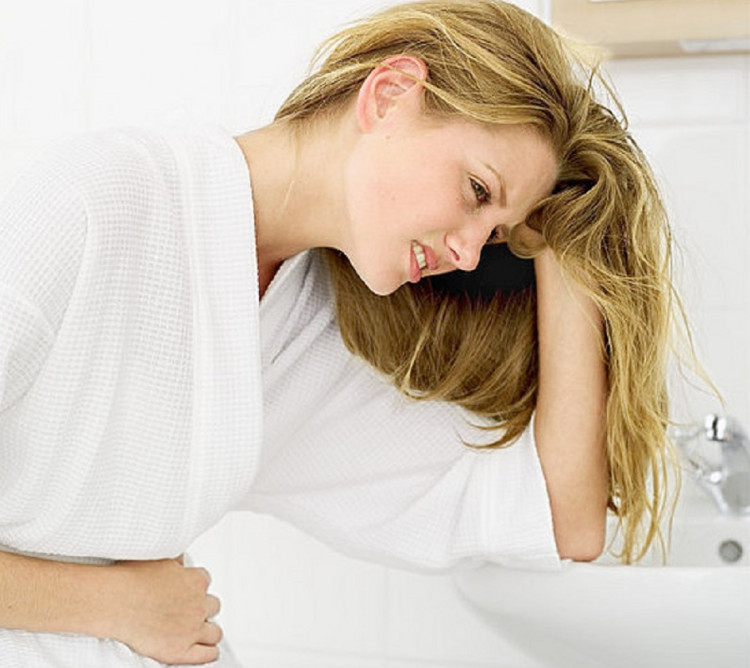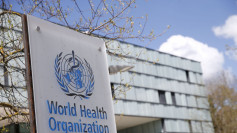Some if not all women experience back pains when they are on their period. This can be a result of the tightening of muscles, and some can signify a far more serious health concern.
Women suffer through a lot just because they are anatomically different from men. They endure childbirth and experience body aches when on their period. Their hormones behave differently when they are nearing their period, and some women suffer painful cramps and backaches.
The lower back is especially prone to aches, although this is common during your period. This is caused by the contraction of the uterus, which then results to overactive muscles surrounding your pelvic region. The chemical prostaglandin is responsible for initiating the contraction in the uterine muscles during your period. Too much prostaglandin can cause major cramping that radiates to the lower back.
During your period, the body also rids itself of the uterine lining built up from the previous cycle. This causes the contraction that can sometimes press on blood vessels in the area, which could limit or cut off the oxygen supply to the nearby muscles.
Dr. Houman Danesh, director of integrative pain management at Mount Sinai Hospital in New York City, labeled this phenomenon as "referred pain," which is felt somewhere else in the body than its actual source. It happens before your period comes since your uterus is contracting in preparation for the menstrual cycle. Dr. Danesh said this is common and normal and may even affect your thighs as well.
However, if the pain and cramps are debilitating, then you might want to consult a doctor since it could signal a pressing health concern. It could be a sign of endometriosis, an infection, fibroids in the uterus, or a pelvic inflammatory disease.
Likewise, Adrienne Potts, MD, FACOG, an obstetrician-gynecologist, mentioned another factor that can cause back pains during your period. A woman with a retroverted or tilted uterus may also experience cramping in the lower back in addition to the pain in the abdomen. Dr. Potts said that at-home remedies, such as heat therapy, yoga, exercise, and taking in supplements should help ease the pain.
However, if the cramping persists even after these methods are applied, then it is best to consult a gynecologist for a thorough checkup to determine the root cause of the pain. It could be a sign of a "secondary condition" that needs a doctor's in-depth examination.






